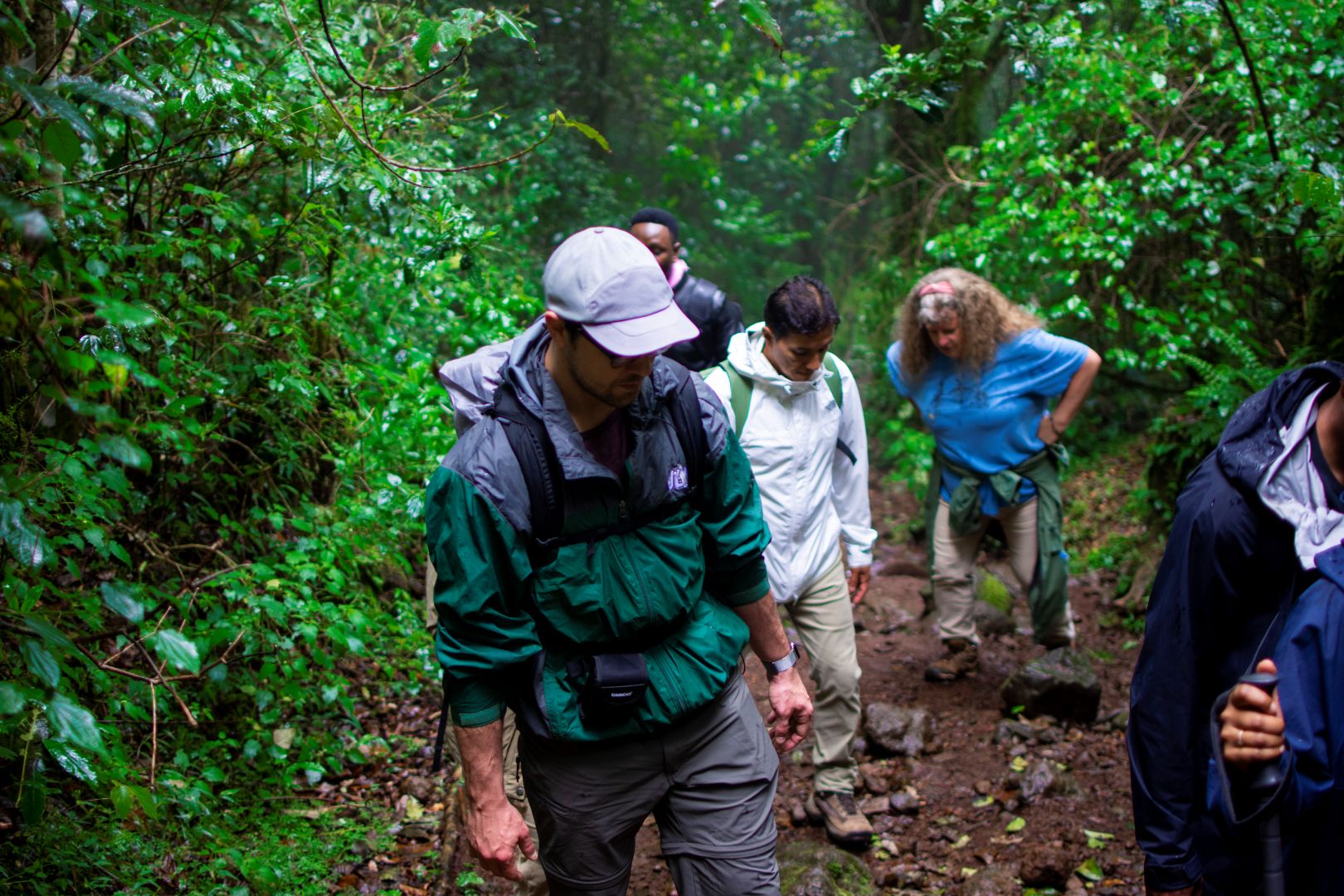
Frequently Asked Questions About Climbing Mount Kilimanjaro
Climbing Mount Kilimanjaro is a dream adventure for many outdoor enthusiasts and travelers. As the tallest mountain in Africa and one of the Seven Summits, it attracts thousands of climbers each year. If you’re planning your ascent to this majestic peak, you likely have many questions. Here, we’ve compiled the most frequently asked questions (FAQs) about Mount Kilimanjaro to guide you in your preparation.
Where is Mount Kilimanjaro located?
Mount Kilimanjaro is situated in northern Tanzania, East Africa, near the border with Kenya. It is part of the Kilimanjaro National Park, a UNESCO World Heritage Site renowned for its stunning landscapes and biodiversity.
What is the elevation of Mount Kilimanjaro?
The summit, Uhuru Peak, stands at an impressive 5,895 meters (19,341 feet) above sea level, making it the highest freestanding mountain in the world.
What type of mountain is Kilimanjaro?
Mount Kilimanjaro is a dormant stratovolcano, composed of three volcanic cones: Kibo, the highest; Mawenzi, the rugged and dramatic second peak; and Shira, the eroded volcanic plateau.
Is climbing Mount Kilimanjaro difficult?
While climbing Kilimanjaro is considered a non-technical trek, the high altitude and long days make it physically and mentally challenging. Success depends on factors like physical fitness, acclimatization, and mental resilience.
How long does it take to climb Kilimanjaro?
The duration varies depending on the route chosen:
- Shorter routes, like Marangu, take 5–6 days.
- Longer routes, such as Lemosho or Northern Circuit, take 8–9 days, offering better acclimatization and higher success rates.
Do I need climbing experience to summit Kilimanjaro?
No prior climbing experience is necessary. Kilimanjaro is a trek, not a technical climb. However, stamina, fitness training, and mental preparation are essential to handle the altitude and long trekking days.
Can I climb Kilimanjaro solo?
While solo climbing is allowed, Tanzanian regulations require all climbers to be accompanied by a licensed guide for safety and logistical support. Joining an organized trek with an experienced tour operator enhances your experience.
Do I need a permit to climb Kilimanjaro?
Yes, permits are mandatory and can only be obtained through licensed tour operators. The permit fees contribute to conservation efforts in Kilimanjaro National Park.
What is the best time to climb Mount Kilimanjaro?
The ideal climbing seasons are during Tanzania’s dry months:
- January to February: Warm and less crowded.
- June to October: Cooler weather with clear skies, making it the most popular period.
What gear and equipment are essential for Kilimanjaro?
Your Kilimanjaro packing list should include:
- Clothing: Layered thermal wear, waterproof jackets, and insulated gloves.
- Footwear: Sturdy hiking boots with good ankle support.
- Sleeping gear: Four-season sleeping bag.
- Accessories: Trekking poles, headlamp, hydration system, and first aid kit.
What are the risks of climbing Kilimanjaro?
The main risks include:
- Altitude sickness: Caused by rapid ascent, with symptoms like headaches, nausea, and fatigue.
- Weather hazards: Cold, wind and occasional rainfall can be challenging.
How can I prevent altitude sickness?
To minimize the risk of altitude sickness:
- Choose a longer route for gradual acclimatization.
- Ascend slowly and stay hydrated.
- Be aware of symptoms and inform your guide immediately if they worsen.
What are Kilimanjaro’s environmental regulations?
Conservation is a priority in Kilimanjaro. Climbers must adhere to Leave No Trace principles, packing out all waste and respecting wildlife. Licensed operators play a key role in promoting sustainable trekking.
Are there cultural considerations when climbing Kilimanjaro?
Yes, engaging with local Chagga communities and respecting Tanzanian customs enhances your experience. Licensed guides and porters often share rich knowledge of the mountain’s history and culture.
Conclusion
Climbing Mount Kilimanjaro is a life-changing adventure requiring thorough preparation, physical fitness, and environmental respect. Understanding these FAQs will prepare you for an unforgettable journey to the “Roof of Africa.”
Additional Resources
- Packing List for Kilimanjaro Climb
Discover the ultimate Kilimanjaro gear checklist to ensure you’re prepared for every weather condition. - Kilimanjaro Route Guide
Explore detailed descriptions of each route, including difficulty levels, scenic highlights, and the best options for acclimatization. - Acclimatization Tips
Learn effective strategies to prevent altitude sickness and ensure a safe climb. - Environmental Conservation on Kilimanjaro
Understand the importance of sustainable trekking and how you can minimize your environmental footprint. - Inspirational Kilimanjaro Stories
Read success stories and tips from climbers who have reached the summit, offering valuable insights for your climb.
